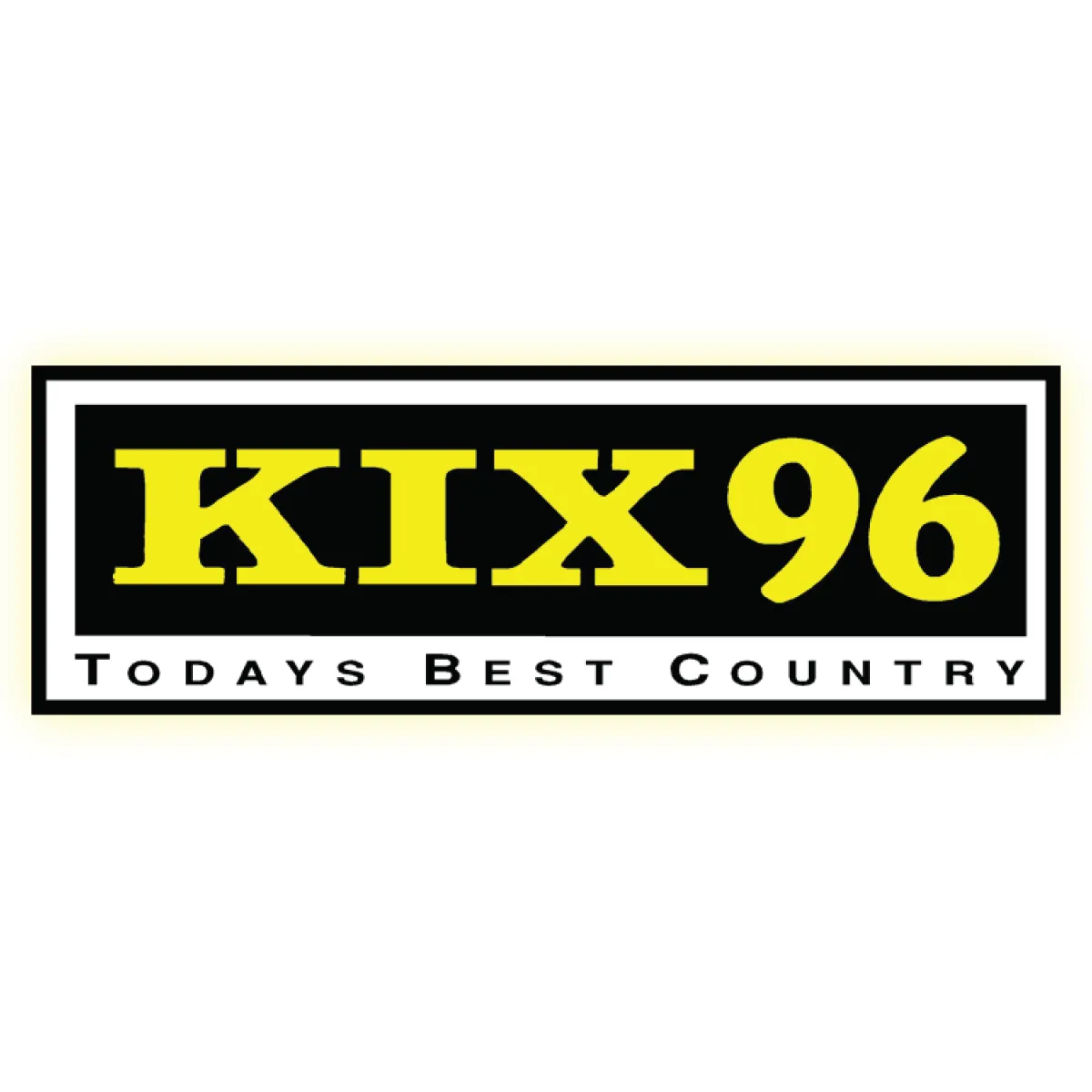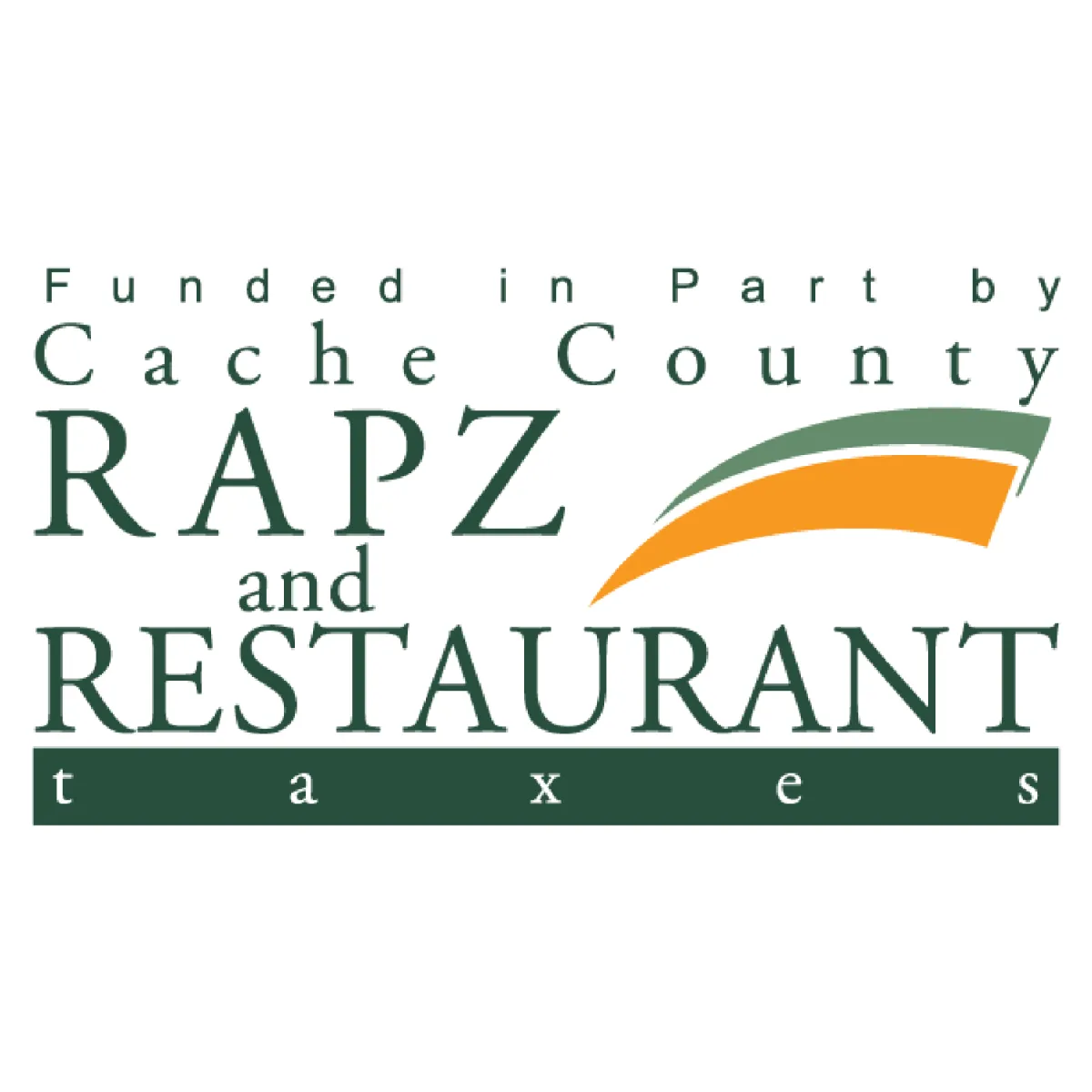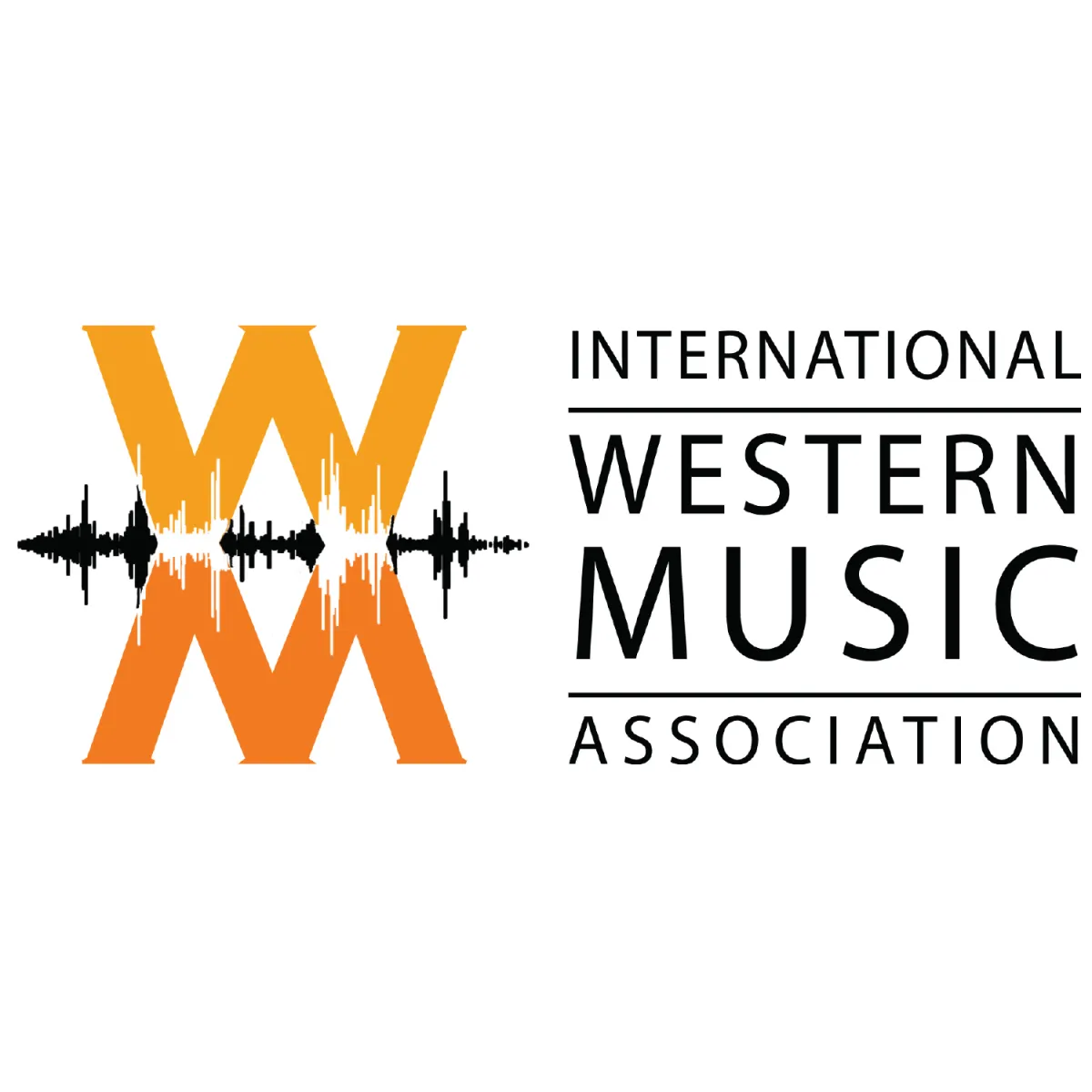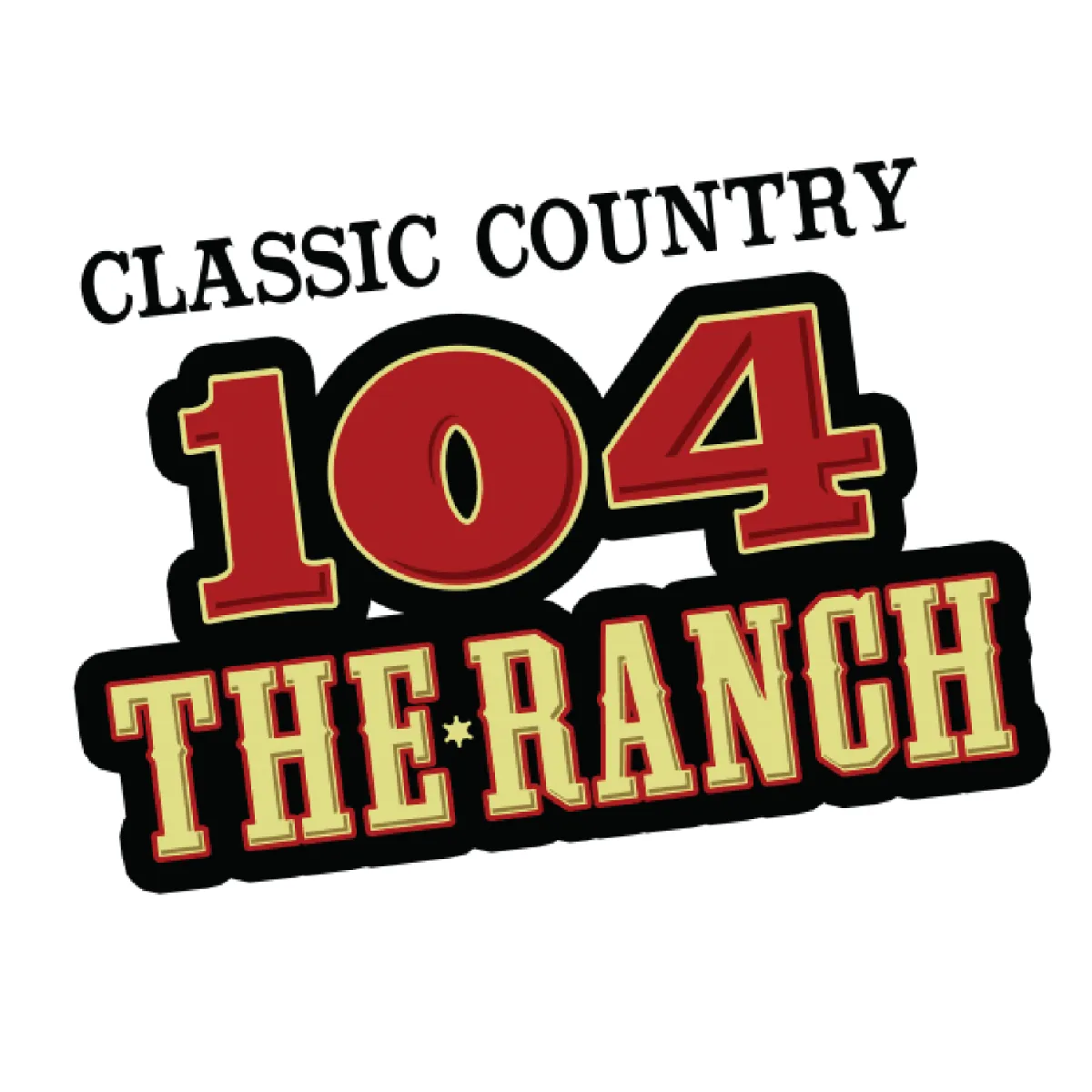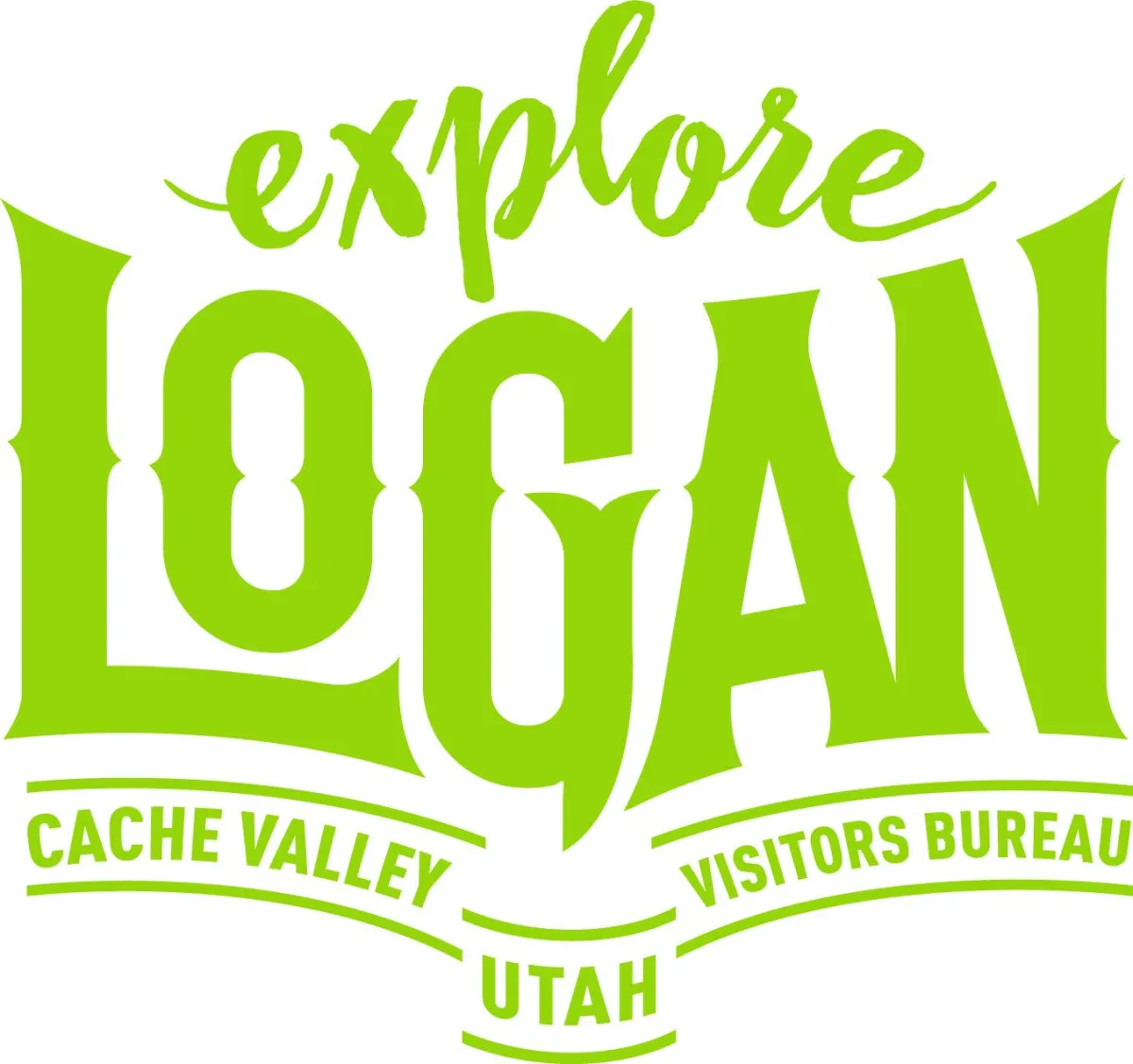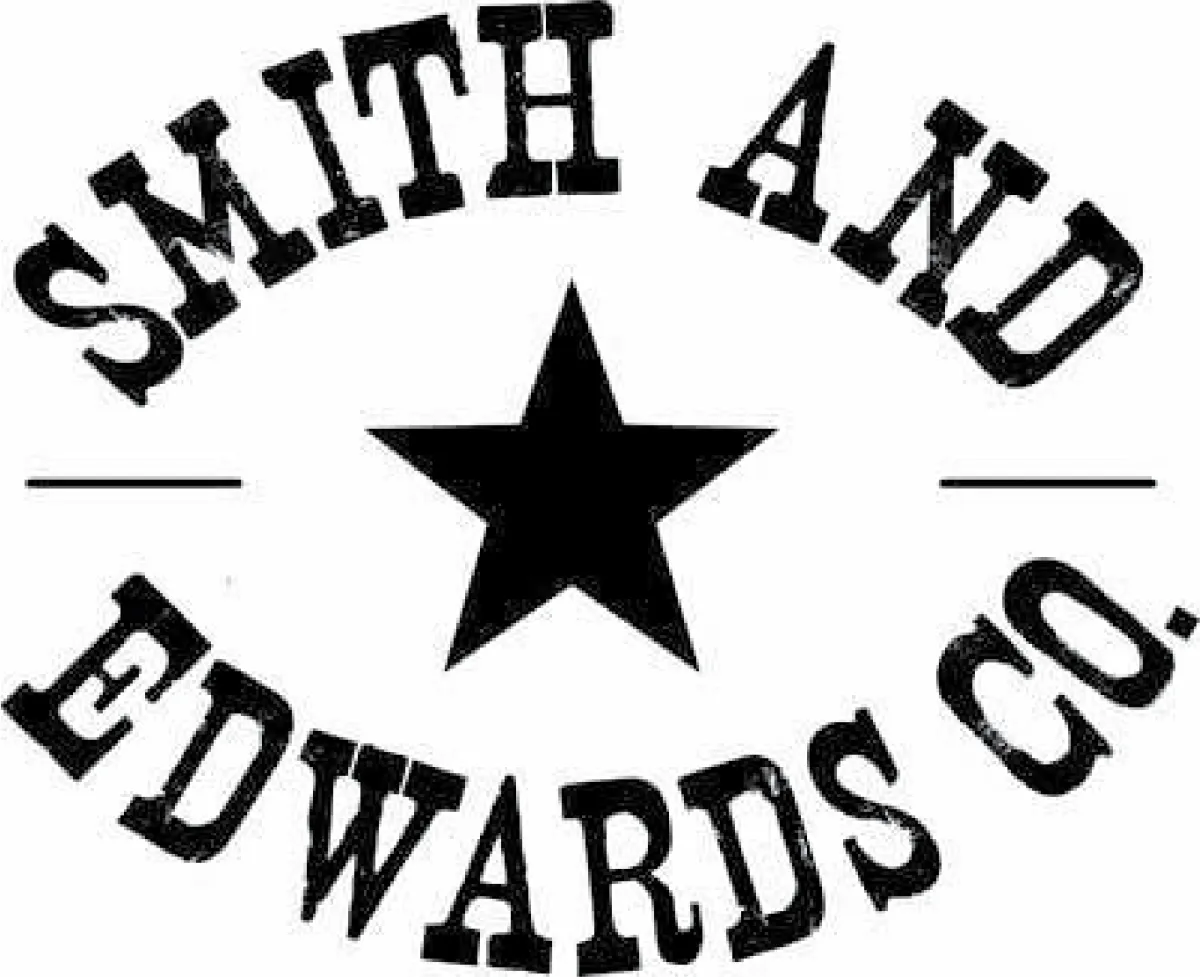
2025 Reunion of Cowboy Poets, Western Musicians & Artisans
Cache Valley Cowboy Rendezvous Stages
Sagwitch Basin Stage
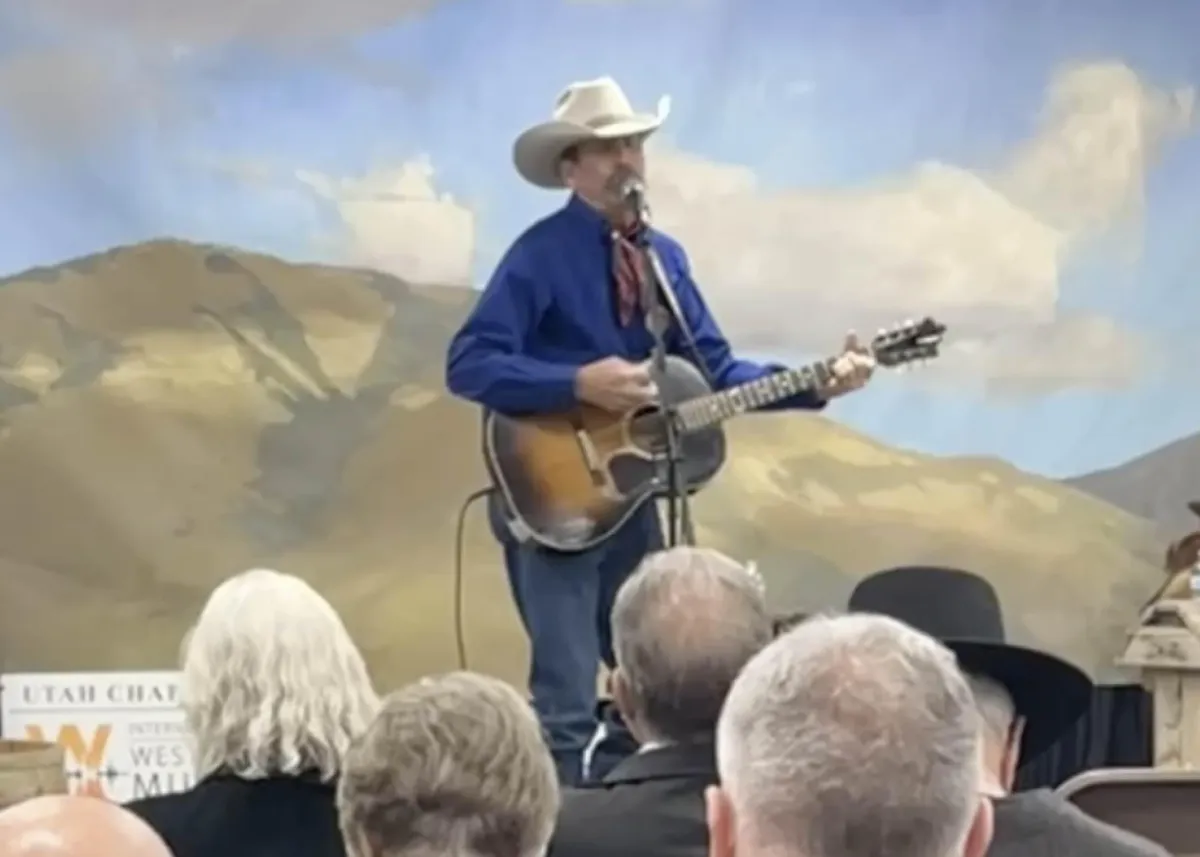
Located inside the Cache County Event Center's front west entrance. Performer Showcases will be held here M-W night at 7:30 pm as well as continuous music and cowboy poetry on Friday and Saturday
This stage is named after a prominent outcropping that can be seen from the road to Porcupine Reservoir, in Avon, Utah. Sagwitch Basin was used by the Shoshone Chief Sagwitch as a camp site when he and his band were in the area.
Chuckwagon Stage
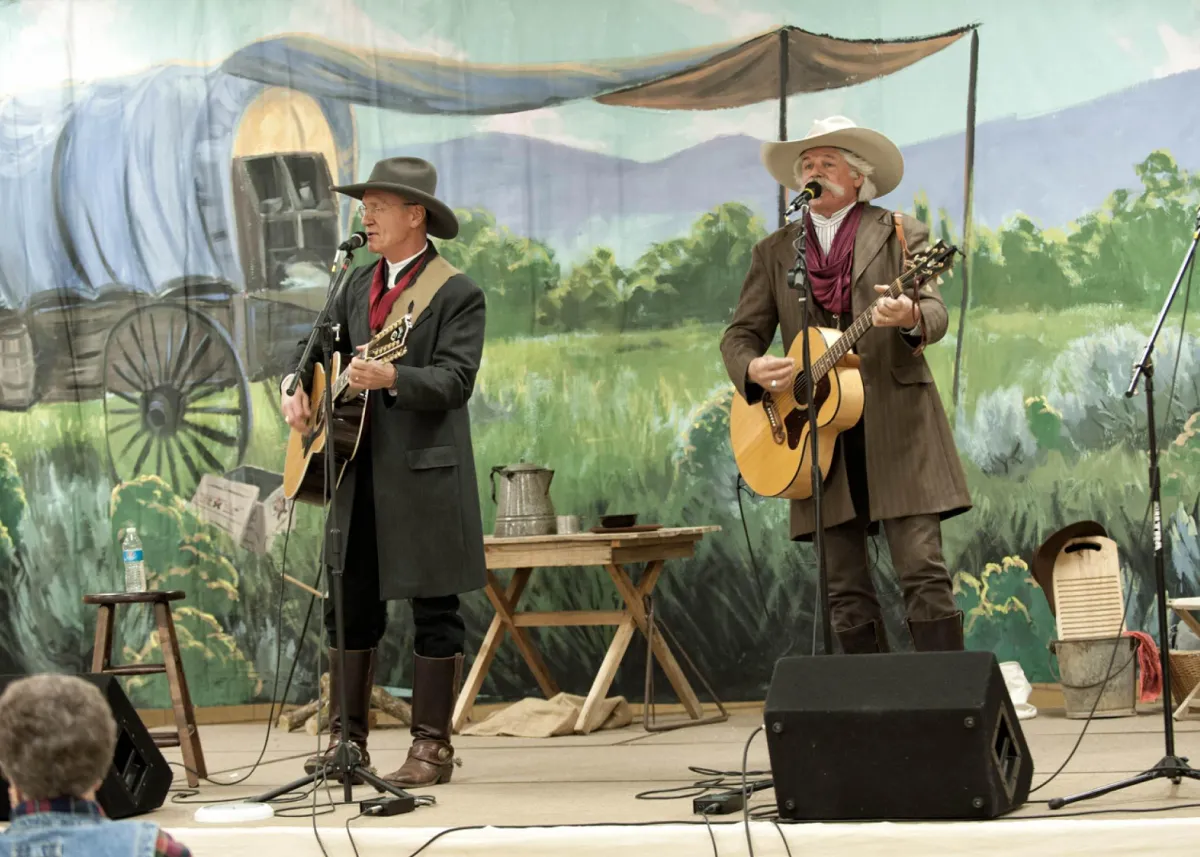
The Chuckwagon Stage will be in the south end of the Event Center, and host only musicians. Visitors will be able to sit and listen to musicians and/or enjoy a meal purchased from one of the food truck vendors located outside. The Poetry Contests will also be held here Saturday Morning.
The chuckwagon, Texas' "Official State Vehicle," was invented by Charlie Goodnight in 1866 for trail drives and roundups. Its key feature, the chuck box, stored cooking supplies and served as a worktable. Equipped with water kegs, tools, and firewood, it also carried supplies, bedrolls, and more. The cook, or "cookie," was the camp's respected leader, preparing hearty meals like beans, biscuits, and stew for the cowboy crew.

Old Ephraim Stage
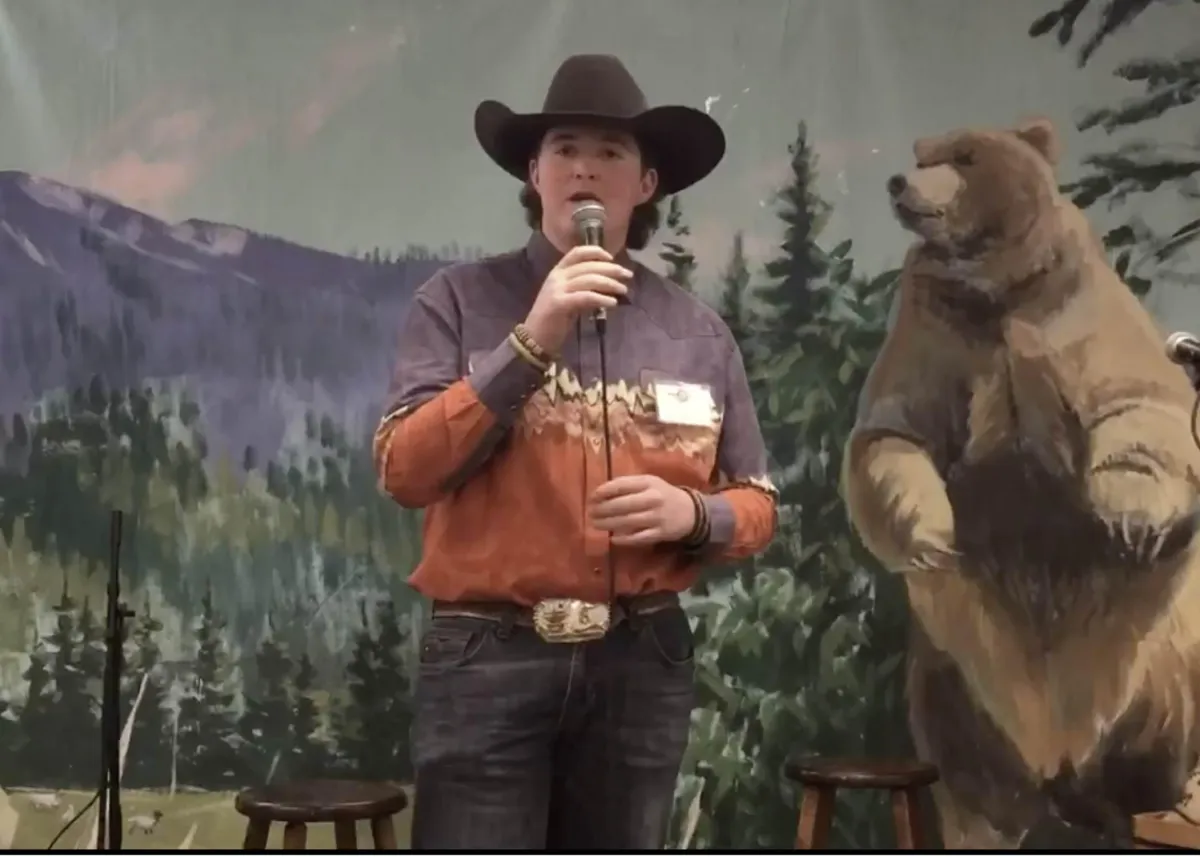
The Old Ephraim Stage is located inside the Cache County Event Center's front west entrance on the south side. This stage will host the Open Mic, as new and up and coming artists can sign up to perform here.
Old Ephraim, the legendary grizzly of Cache Valley, was famous for his immense size and reputation as a sheep-raider in the early 1900s. After years of eluding hunters, he was killed by sheepherder Frank Clark in 1923. His skull is preserved at Utah State University, and a monument in Logan Canyon honors his memory, celebrating the rugged wilderness and pioneer spirit of the American West.
Elkhorn Ranch Stage
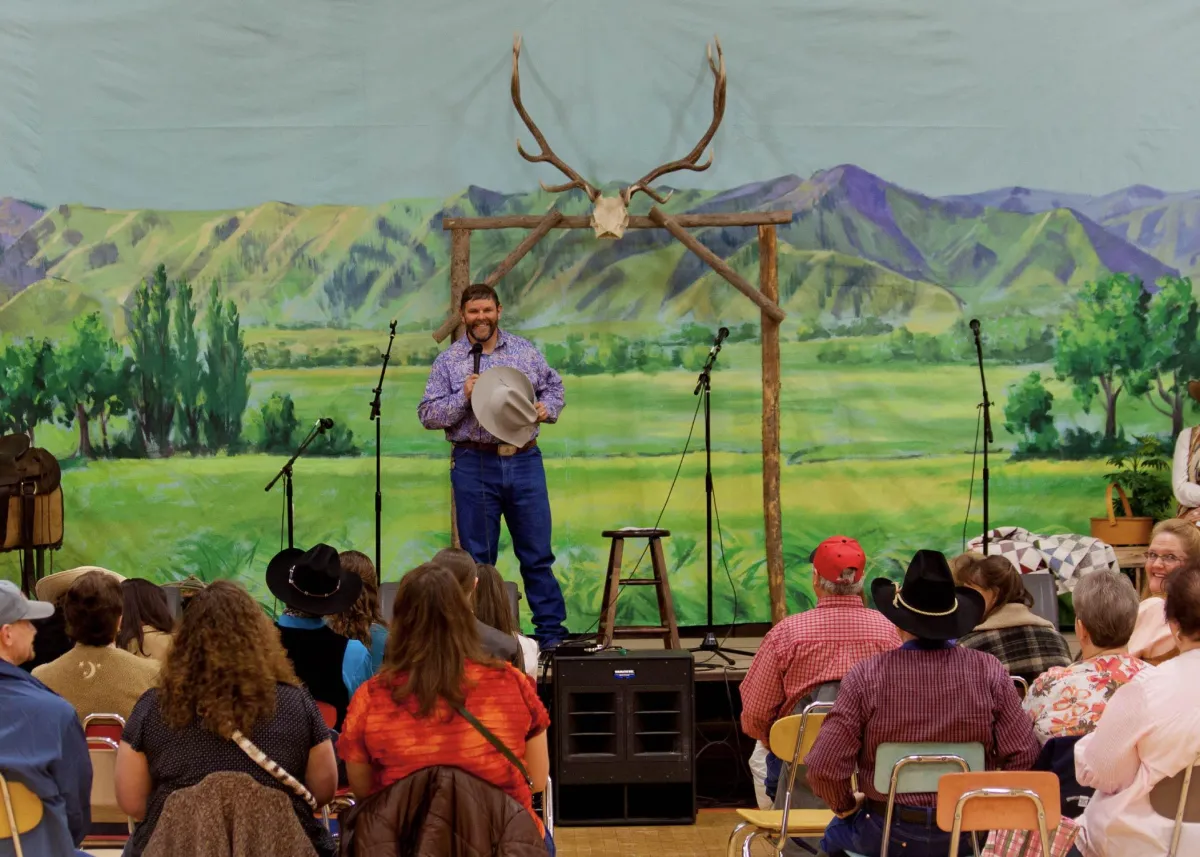
The Elkhorn Ranch Stage is located inside the Event Center's main hall on the North side. This stage will host Suzy Bogguss, the Cowboy Campfire and Cowboy Family Dance, Bar D Wranglers, and Paul Overstreet
The Elkhorn Ranch, established in 1855 near present-day Nibley, Utah, was Cache Valley's first settlement. The settlers named it Elkhorn Ranch after hanging elk antlers over the main gate and the ranch aimed to graze cattle in the fertile valley. However, the severe winter of 1855–56 led to significant cattle losses, forcing the settlers to retreat to the Salt Lake Valley. Despite this setback, Elkhorn Ranch marked the beginning of permanent settlements in Cache Valley, paving the way for future communities in the region.

Thank you to Our Sponsors!
